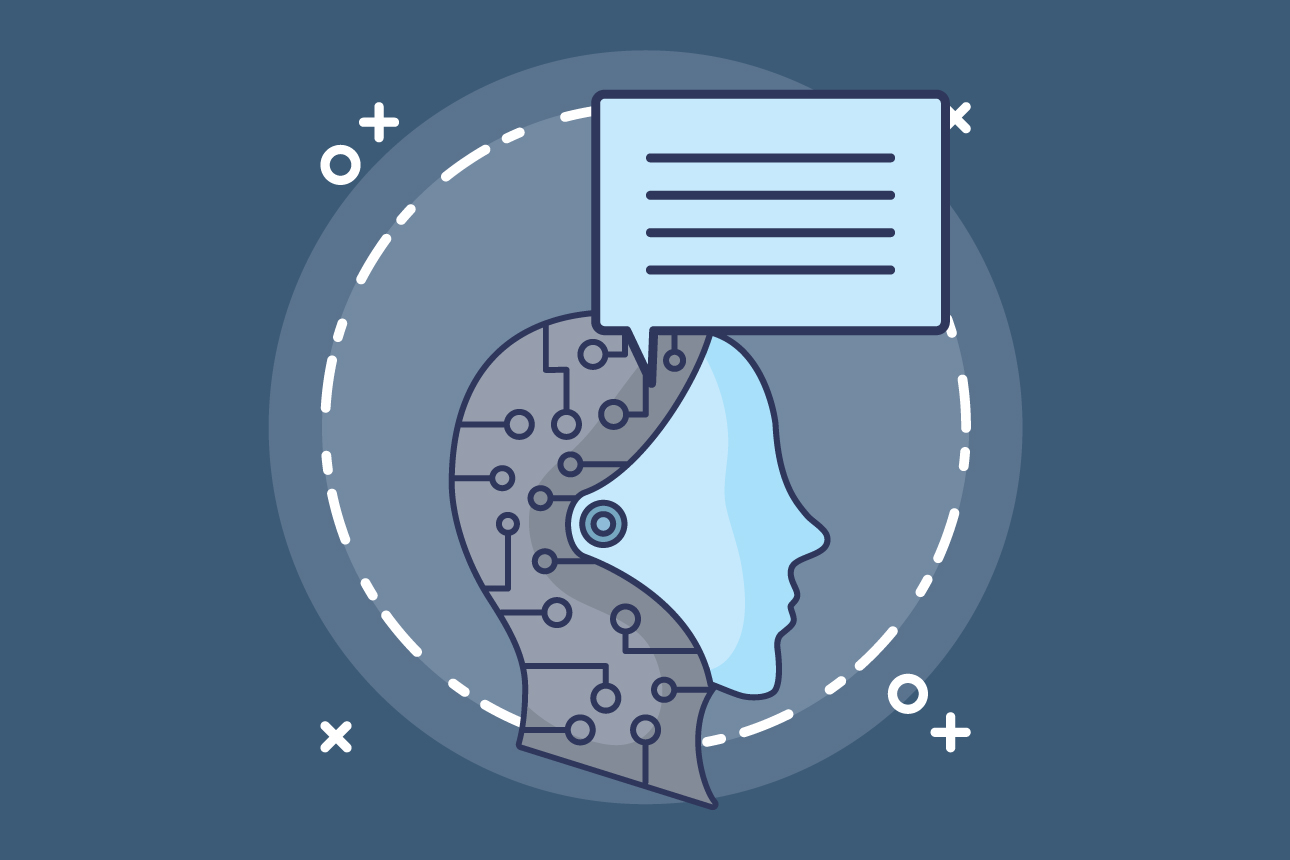
Artificial intelligence has a bad rap. Facial recognition algorithms — like those used by law enforcement agencies around the country — encourage racism. Digital assistants, such as Siri and Alexa, make children ruder. Predictive algorithms, like those employed by Facebook, narrow our perspectives. Meanwhile, language translators, including Google Translate, are said to hinder meaningful emotional connection.
But for all the talk about the harmful impact of AI, there’s also plenty of evidence that it is having a positive impact on our ability to communicate. Across industries, companies are creating tools that use AI and machine learning in combination with other smart technologies to enhance and expedite our social interactions, improve our capacity to learn, and help us build deeper, more meaningful human relationships.
Consider, for instance, the old-fashioned nurse call button. In most hospitals, bedridden patients press a button when they need assistance that sends a signal to the nurse’s station. The signal contains no context or other information. Some patients may need their pillow adjusted; others may be having chest pains. Regardless, the patients must then wait for the nurse to visit their rooms. DeloitteASSIST, a patient care communication technology that uses AI-fueled natural language processing and speech recognition, changes the waiting game. Patients state their requests to the Amazon Alexa-based device, which uses AI to prioritize and route requests. According to pilot results, more than 90% of patients feel the technology improves staff responsiveness, while 87% of nurses say they are more confident knowing how to meet patient needs.
Medtronic, the global medical device company, offers another example of using AI to help patients — in this case, people with diabetes. Medtronic’s personal diabetes assistant, dubbed Sugar.IQ, allows patients to conveniently monitor and track how their glucose levels respond to food intake, insulin dosages, and daily activities. The application, synced with a smart continuous glucose monitoring system and powered by IBM Watson Health’s AI platform, sounds an alarm when a patient’s blood sugar rises or falls to a potentially dangerous level. This signals to patients that they must take corrective action. According to the company, the technology lengthens a patient’s healthy glucose range by 36 minutes per day, or nine days per year. Those nine days mean fewer health complications and lower health care costs.
AI is also transforming education both online and off, and Squirrel AI Learning, the Chinese-based after-school tutoring provider, is leading the way. The company’s engineering team works with teachers to split course topics into the tiniest possible conceptual segments, known as knowledge points. Through diagnostic tests, machine-learning algorithms identify precisely where students are excelling and where they’re having difficulty. Teachers keep an eye on students via a real-time dashboard and provide in-person help as needed. Squirrel AI Learning has been shown to improve test scores in both the short and long term.
Other industries, meanwhile, are discovering that AI-endowed tools and software that handle workers’ routine, repetitive tasks — including manual data entry and cold-calling — can help employees forge better connections with customers. Freeing up employees’ time allows them to focus on creative problem-solving and other customer-oriented activities. Salespeople, for instance, increasingly use personal assistants like Calendly and x.ai to schedule meetings and share the meeting links via email with their prospects. An AI-enabled conversational marketing chatbot, like Drift, can provide personalized sales conversations and generate more leads. With AI managing mundane activities, salespeople have more time and energy to learn about their customers’ needs and wants and to devise solutions that deliver increased benefit and value.
To be sure, AI without humans in the loop does not make for emotionally rich communication. There is no nuance in cyberspace. And without human-to-human interaction — and careful cultivation of trust and engagement — these technologies will ultimately falter. For instance, while AI can make patients aware of their minute-to-minute health status, they still require ongoing support from their caregivers to maintain medical regimens. Similarly, students need motivation and encouragement from teachers to learn at their best. Sure, AI can determine where they’re falling short, but the emotional connection between a teacher and student is not easily replaced. And of course, salespeople who lack emotional intelligence will not achieve success, irrespective of whether AI is managing their tedious tasks.
Soft skills still matter, and people won’t be replaced by AI anytime soon. But when used correctly, AI applications have immense upside potential. This new technology has tremendous capacity to revolutionize communication and deepen human relationships.
AI’s Communication Upsides
No comments:
Post a Comment